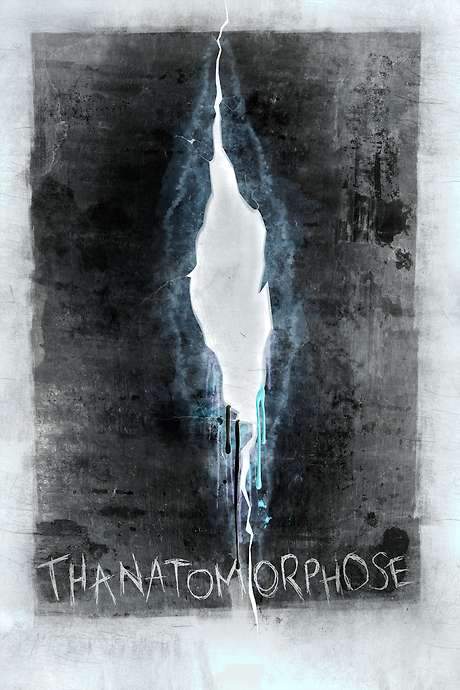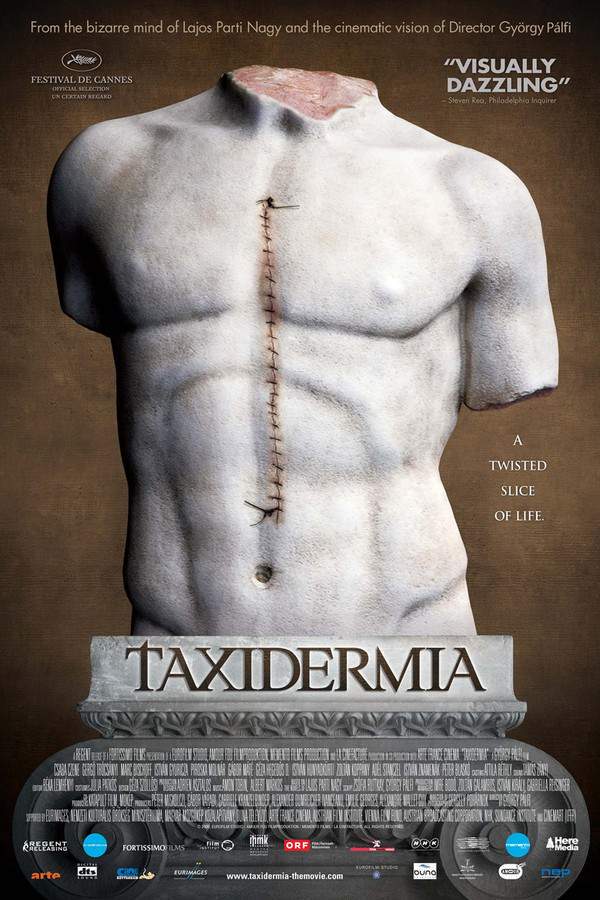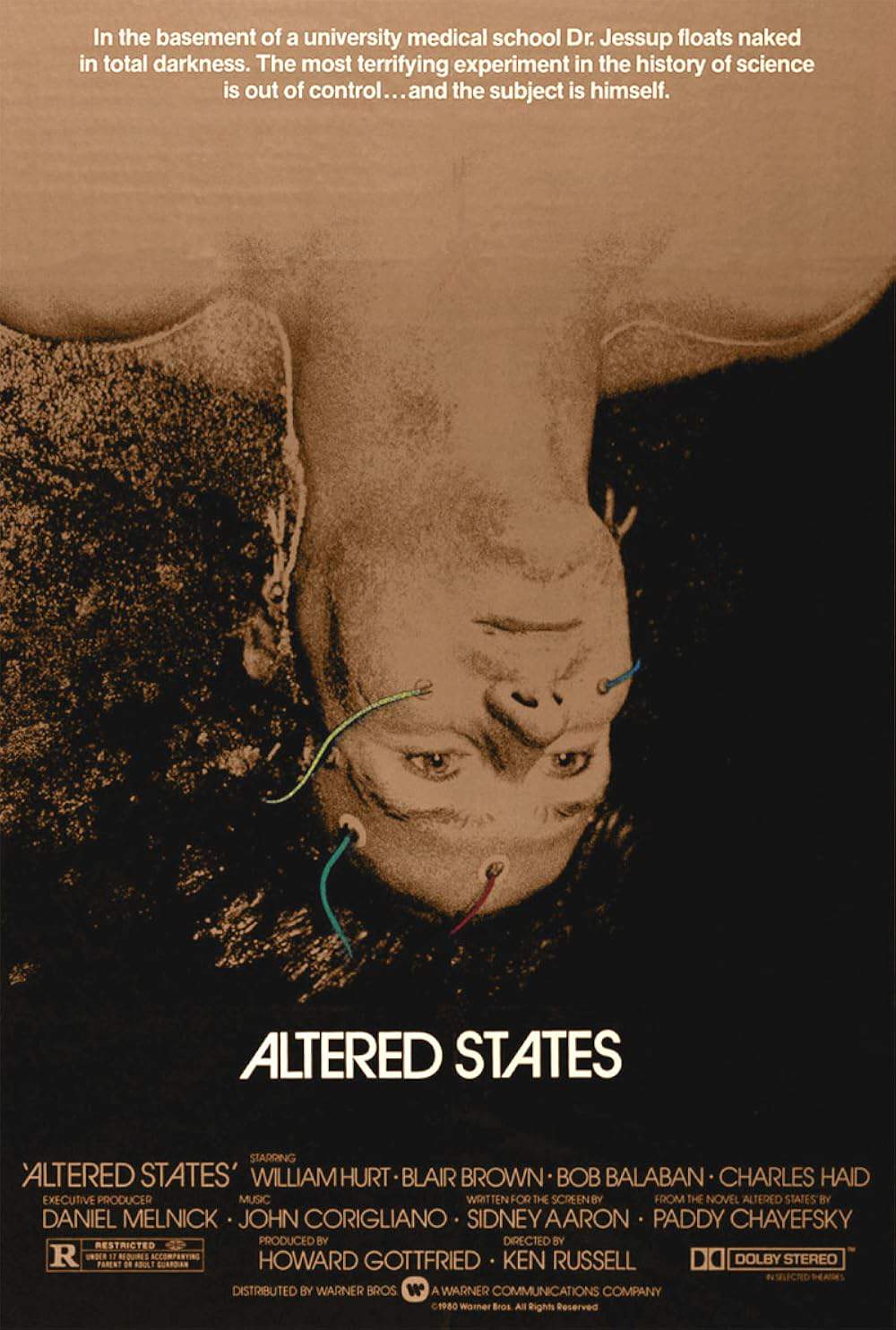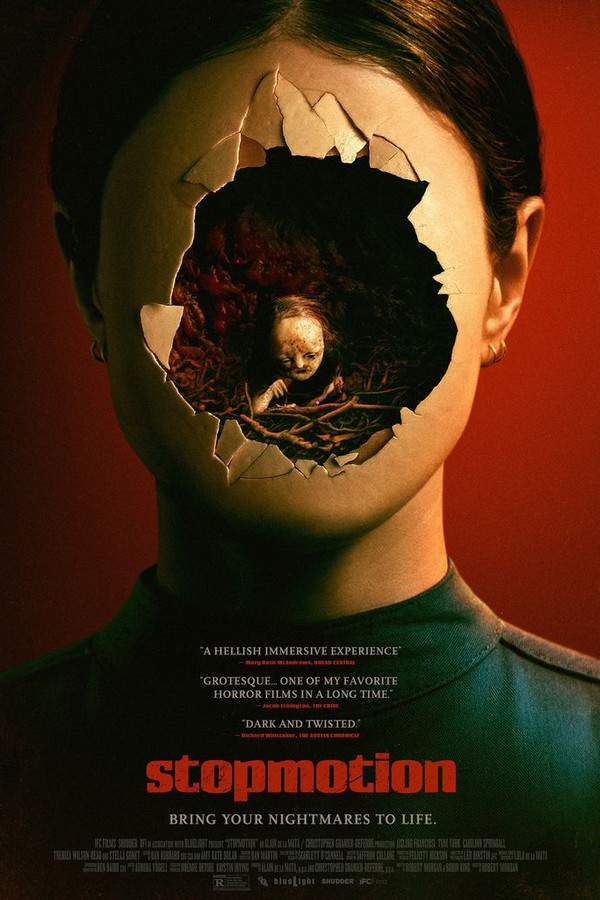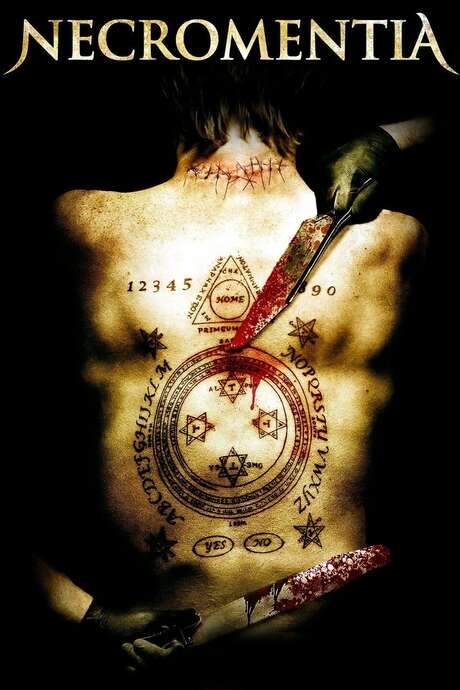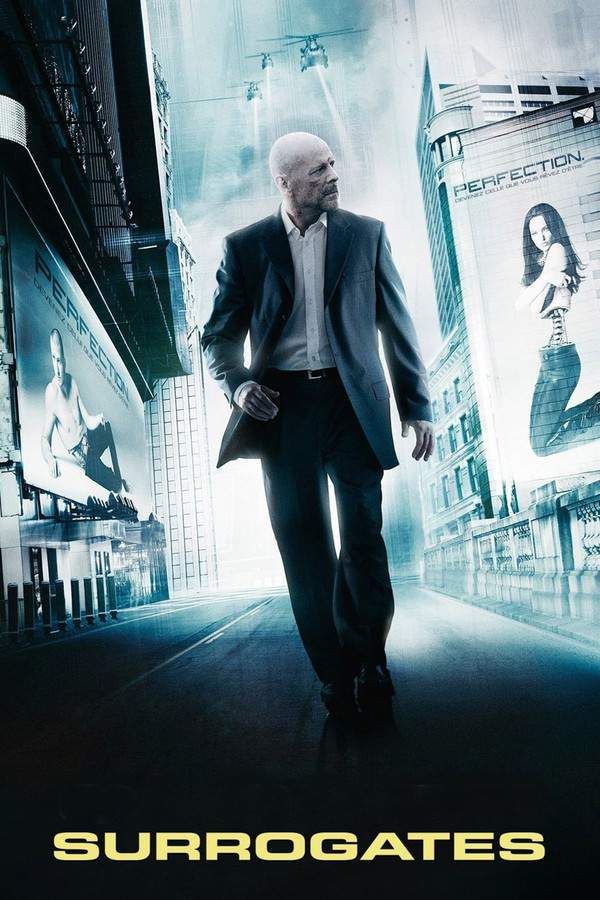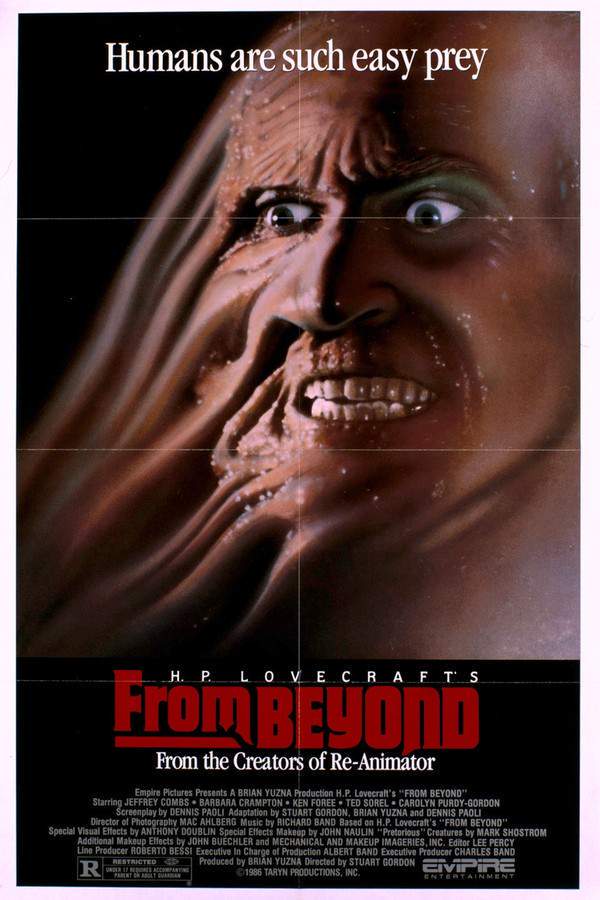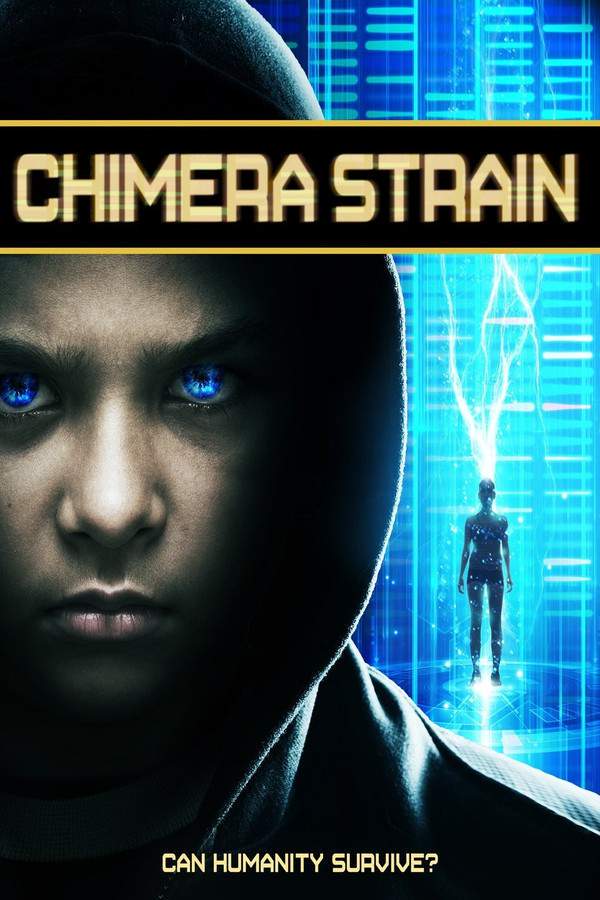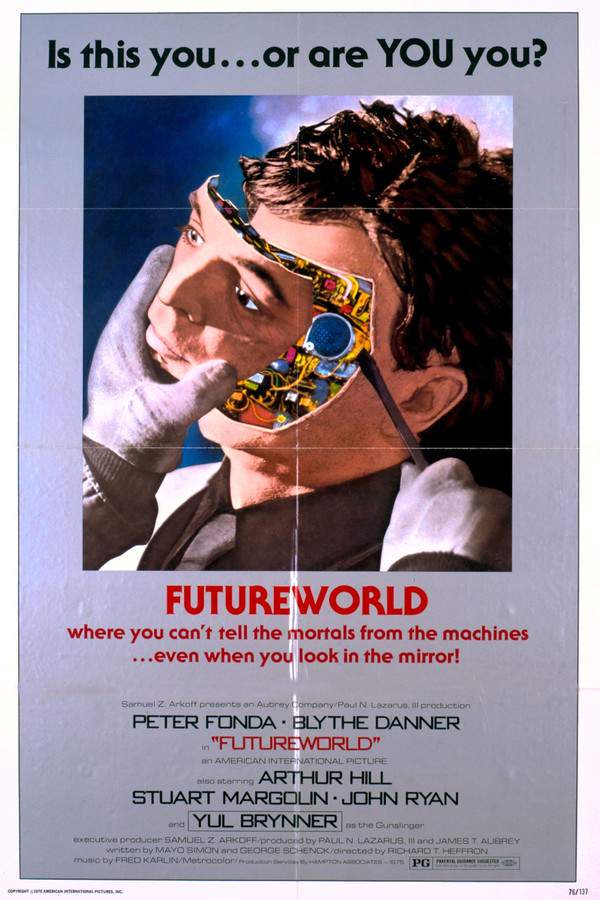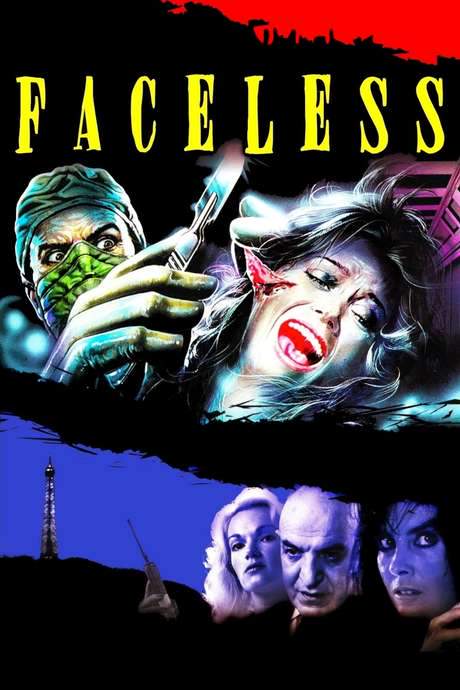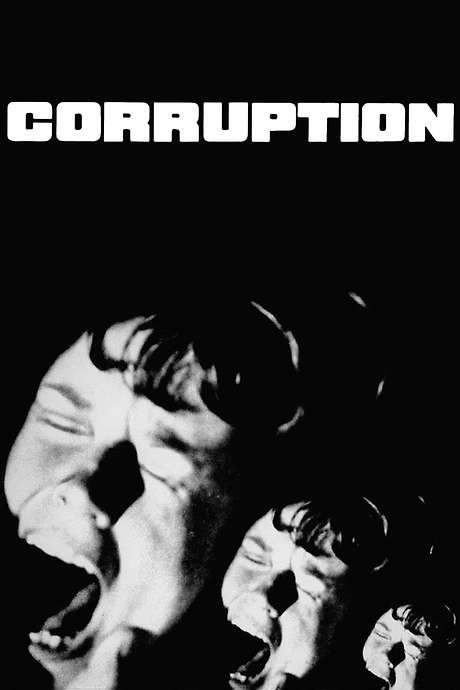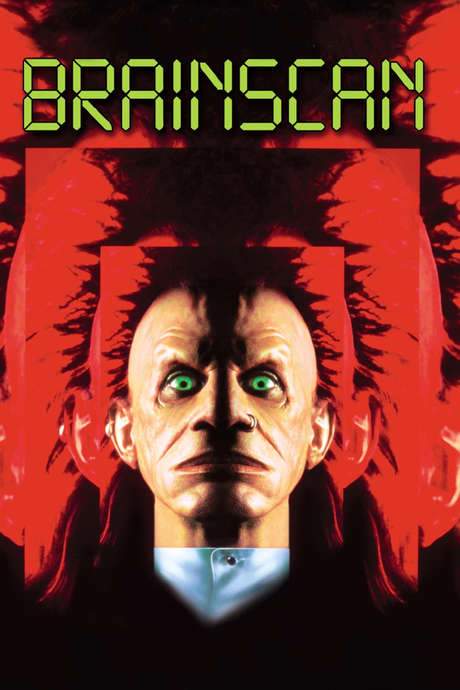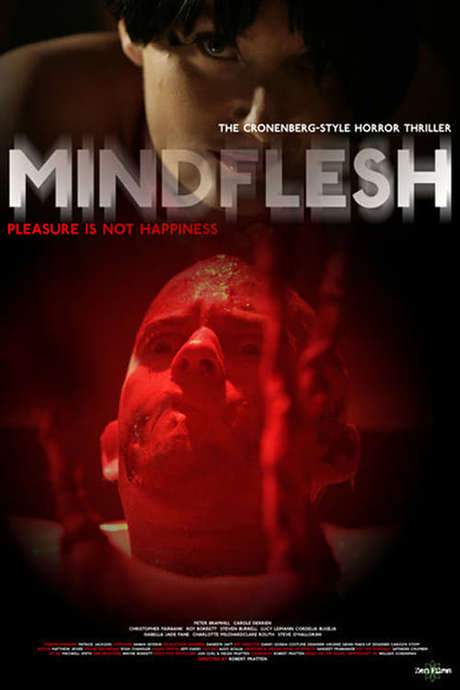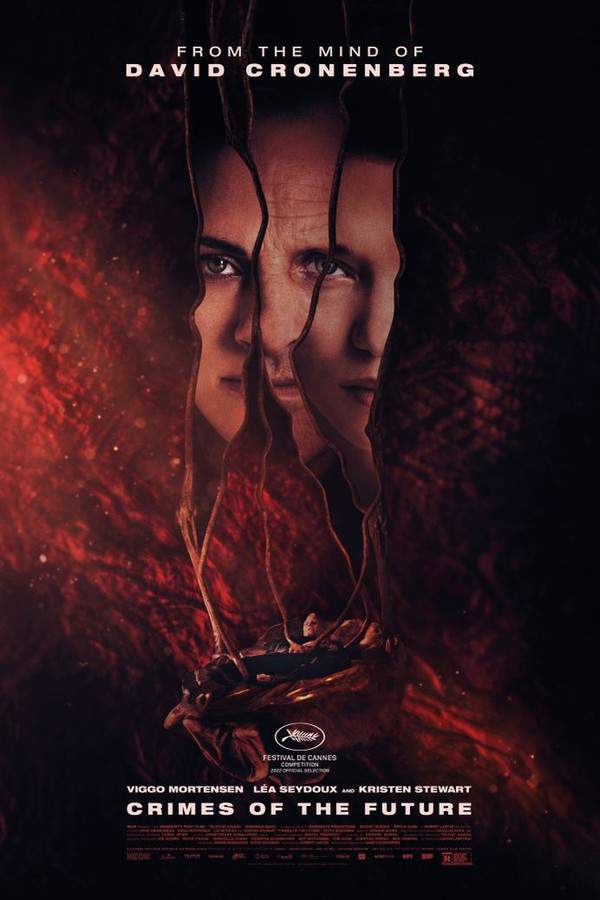
Crimes of the Future
Year: 2022
Runtime: 107 min
Language: English
Director: David Cronenberg
Echo Score: 71Budget: $35M
In a dystopian future where the human body undergoes synthetic evolution, performance artist Saul Tenser showcases unsettling transformations of his own organs alongside his partner, Caprice. As Saul’s fame grows, a detective, Timlin, begins to monitor their activities. However, a shadowy organization sees an opportunity to exploit Saul's notoriety, intending to reveal a disturbing progression in human evolution and further obscure the line between biology and technology.
Warning: spoilers below!
Haven’t seen Crimes of the Future yet? This summary contains major spoilers. Bookmark the page, watch the movie, and come back for the full breakdown. If you're ready, scroll on and relive the story!
Crimes of the Future (2022) – Full Plot Summary & Ending Explained
Read the complete plot breakdown of Crimes of the Future (2022), including all key story events, major twists, and the ending explained in detail. Discover what really happened—and what it all means.
At an undetermined future, significant innovations in biotechnology have led to the development of machines and analogue computers that seamlessly interact with and regulate human bodily functions, making it a commonplace reality. Alongside this, humanity has undergone several biological transformations of unknown origins. A notable change is the absence of physical pain and infectious diseases for most, which has made surgeries possible in regular settings while individuals are conscious. However, some people are experiencing more radical physiological alterations. One striking case is that of a young boy named Brecken, who possesses the extraordinary ability to consume and digest plastics as if they were food. Believing her son to be inhuman, Brecken’s mother tragically smothers him with a pillow, leaving his body to be discovered later by his father, Lang Dotrice.
In this intriguing world, we meet the acclaimed performance artist couple, Saul Tenser and Caprice. They exploit Tenser’s condition known as “accelerated evolution syndrome, which compels his body to continually generate new organs. This allows them to stage artistic performances where Tenser’s organs are removed live before an audience. The condition inflicts constant pain and severe discomfort, leaving Tenser dependent on multiple intricate biomechanical devices. His setup includes a specialized bed, a machine through which Caprice operates on him, and a chair that assists him with eating through twitching and rotating motions.
During their engagement with officials at the National Organ Registry—the government body responsible for managing the state’s limitations on human evolution—Tenser encounters the anxious bureaucrat, Timlin, who becomes enthralled by his artistic endeavors. Following a successful exhibition, she boldly proclaims that “surgery is the new sex,” a notion that resonantly reflects the sentiments of Tenser and various other characters who seem to find a sense of sexual fulfillment in these repeated surgical experiences over traditional intimacy.
A specialized police unit aims to use Tenser’s unique situation to infiltrate a radical evolutionist group. Without informing Caprice, Tenser engages with various contacts through other biological performance art events, leading him to an underground cell. Among them is the former cosmetic surgeon Nasatir, who performs a shocking procedure on Tenser, creating a zippered cavity in his abdomen. Caprice uses this unusual access point in a fervent display of intimacy, highlighting the surreal intersection of art and eroticism.
As the narrative unfolds, Tenser learns from Timlin that these evolutionists plan to adapt their systems to ingest plastics and synthetic materials, with their main sustenance consisting of a toxic purple “candy bar.” This choice controversially links back to Brecken, whose abilities undermine the government’s previous claims against human evolution. Timlin attempts to seduce Tenser, but he shyly admits he is not proficient in “the old sex.”
Eventually, Tenser is approached by Lang, who proposes that Tenser and Caprice publicly demonstrate the cell’s agenda by conducting an autopsy of Brecken, showcasing his extraordinary digestive system. After some contemplation, Tenser consents to this exhibition. With many, including Timlin and Lang, watching in anticipation, Tenser’s autopsy reveals disturbing truths as it becomes apparent that Brecken’s natural organs have been replaced surgically. Lang, devastated by the event, rushes away in tears, only to be approached outside by two agents from the corporation responsible for Tenser’s biomedical machines, who then brutally assassinate him.
The aftermath of tragedy weighs heavily on Tenser, who learns that Timlin orchestrated the replacement of Brecken’s organs to suppress deviations in human evolution from public scrutiny. Heartbroken by the deaths of Brecken and Lang, Tenser informs the police that he no longer wishes to collaborate with them, openly agreeing with the evolutionists’ perspectives.
In a poignant moment, Tenser struggles to eat in his chair. He asks Caprice for a piece of plastic, and as she records, he eats it, gazing into her camera. A tear escapes his eye, complemented by a smile as the chair finally becomes still.
Last Updated: November 07, 2024 at 23:39
Ending Explained – What Happens at the End of Crimes of the Future?
Still wondering what the ending of Crimes of the Future (2022) really means? Here’s a spoiler-heavy breakdown of the final scene, major twists, and the deeper themes that shape the film’s conclusion.
At the end of “Crimes of the Future,” Saul Tenser, who has been performing body mutilation art in a world devoid of pain, finally seeks a sort of liberation or truth through an extreme act. After helping to reveal the extraordinary internal organs of a young boy who naturally digests plastic, Saul discovers that these organs have been replaced or surgically altered, and that the government has been secretly monitoring and controlling such biological anomalies. The autopsy performed on the boy’s body exposes that the organs are tattooed and stored by the government, signifying their deep involvement in manipulating and hiding the truth about human evolution. When Saul witnesses the dissection, Lang, the father of the boy and leader of anti-government evolutionists, becomes overwhelmed with despair and breaks down, while his dream of seeing his son’s inside organs is shattered.
Berst and Router, the technicians who assist with the autopsy, then kill Lang, revealing that they are working to silence any threats to the government’s authority. Later, detective Cope confirms that the government knew about Brecken’s unique digestion from the start, but kept the truth hidden to maintain power. Saul, increasingly disillusioned with the oppressive system, chooses to reject all control and perform one final act of rebellion. He consumes a piece of plastic waste, a symbolic gesture that could be interpreted as embracing the unnatural evolution of humans or as a final rejection of societal constraints. His face briefly shows a look of satisfaction, yet his eyes widen as if he might be dying, leaving his fate ambiguous.
Overall, the ending underscores themes of control, concealment, and the brutal realities behind technological and societal progress. Saul’s acceptance of the plastic symbolizes both his surrender to the evolved body he has become and his defiant stance against a system that manipulates and suppresses truth. The film’s conclusion leaves viewers questioning whether Saul survives or perishes, emphasizing the personal and political rebellion against oppression and the natural order. The murders of the doctors and Lang hint at a broader conspiracy, with LifeFormWare potentially collaborating with the government to eliminate opposition, highlighting a world where curiosity and pain are exploited for power. Ultimately, the film ends on a note of ambiguous defiance, inviting viewers to reflect on the boundaries of human evolution, pain, and societal control.
Last Updated: June 25, 2025 at 08:58
Explore Movie Threads
Discover curated groups of movies connected by mood, themes, and story style. Browse collections built around emotion, atmosphere, and narrative focus to easily find films that match what you feel like watching right now.
Bleak Transhumanist Futures like Crimes of the Future
Stories exploring the dark and painful consequences of technological evolution.Explore more movies like Crimes of the Future that delve into dystopian futures shaped by transhumanism. These similar sci-fi stories feature body horror and philosophical themes, presenting heavy, dark tales about the merging of technology and humanity.
Narrative Summary
Narratives involve characters grappling with radical bodily or societal changes, often framed as a disturbing new normal. The central conflict arises from the clash between an evolving reality and the remnants of human nature, leading to explorations of grief, loss, and the search for meaning in a synthetic world.
Why These Movies?
These films are grouped by their shared focus on the dark side of transhumanism, using dystopian settings to explore heavy themes of identity, loss, and the clinical, painful intersection of the organic and the artificial.
Movies about Transgressive Art like Crimes of the Future
Stories where avant-garde art blurs the line between creation and suffering.If you liked the performance art themes in Crimes of the Future, discover more movies featuring transgressive art. These similar dramas and thrillers explore artists who use pain, their bodies, or shocking acts to create, often within a dark and complex narrative.
Narrative Summary
The plot follows an artist or performer whose controversial work attracts scrutiny, admiration, and danger. Their artistic journey is intertwined with personal trauma, leading to a narrative that questions the nature of art, pain, and the limits of the human body or spirit.
Why These Movies?
These films share a focus on the process and impact of extreme, boundary-pushing art. They are united by a dark, complex tone, a slow build of unease, and a deep exploration of the connection between creativity and suffering.
Unlock the Full Story of Crimes of the Future
Don't stop at just watching — explore Crimes of the Future in full detail. From the complete plot summary and scene-by-scene timeline to character breakdowns, thematic analysis, and a deep dive into the ending — every page helps you truly understand what Crimes of the Future is all about. Plus, discover what's next after the movie.
Crimes of the Future Timeline
Track the full timeline of Crimes of the Future with every major event arranged chronologically. Perfect for decoding non-linear storytelling, flashbacks, or parallel narratives with a clear scene-by-scene breakdown.

Characters, Settings & Themes in Crimes of the Future
Discover the characters, locations, and core themes that shape Crimes of the Future. Get insights into symbolic elements, setting significance, and deeper narrative meaning — ideal for thematic analysis and movie breakdowns.

Crimes of the Future Ending Explained
What really happened at the end of Crimes of the Future? This detailed ending explained page breaks down final scenes, hidden clues, and alternate interpretations with expert analysis and viewer theories.

Crimes of the Future Spoiler-Free Summary
Get a quick, spoiler-free overview of Crimes of the Future that covers the main plot points and key details without revealing any major twists or spoilers. Perfect for those who want to know what to expect before diving in.

More About Crimes of the Future
Visit What's After the Movie to explore more about Crimes of the Future: box office results, cast and crew info, production details, post-credit scenes, and external links — all in one place for movie fans and researchers.

Similar Movies to Crimes of the Future
Discover movies like Crimes of the Future that share similar genres, themes, and storytelling elements. Whether you’re drawn to the atmosphere, character arcs, or plot structure, these curated recommendations will help you explore more films you’ll love.
Explore More About Movie Crimes of the Future
Crimes of the Future (2022) Scene-by-Scene Movie Timeline
Crimes of the Future (2022) Movie Characters, Themes & Settings
Crimes of the Future (2022) Ending Explained & Theories
Crimes of the Future (2022) Spoiler-Free Summary & Key Flow
Movies Like Crimes of the Future – Similar Titles You’ll Enjoy
Depraved (2019) Full Summary & Key Details
Surrogates (2009) Full Movie Breakdown
From Beyond (1986) Story Summary & Characters
Chimera Strain (2019) Ending Explained & Film Insights
Futureworld (1976) Complete Plot Breakdown
Body Parts (1991) Ending Explained & Film Insights
Faceless (1988) Movie Recap & Themes
Primal Scream (1988) Spoiler-Packed Plot Recap
Scared to Death (1980) Story Summary & Characters
Crimes of the Future (1970) Full Summary & Key Details
Parts: The Clonus Horror (1979) Detailed Story Recap
Future Shock (1994) Complete Plot Breakdown
Corruption (1968) Movie Recap & Themes
Brainscan (1994) Spoiler-Packed Plot Recap
Mindflesh (2008) Complete Plot Breakdown











